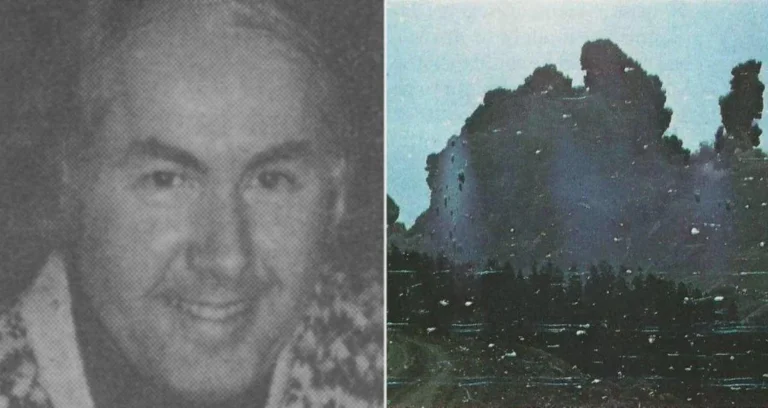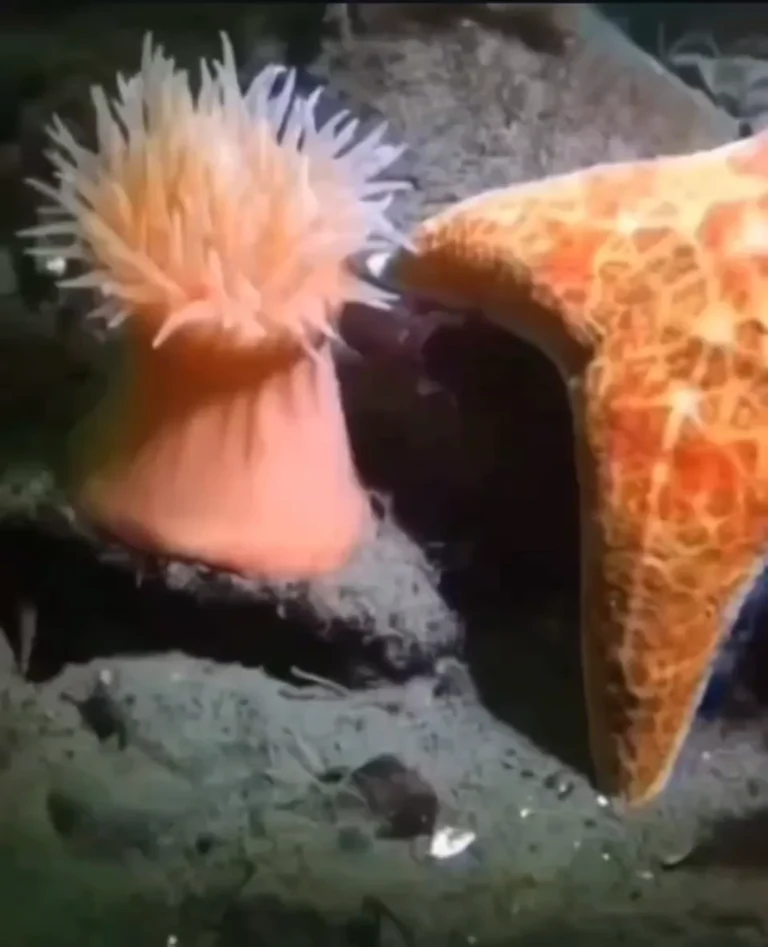Sunlight threads through forests, deserts, and oceans, touching creatures with skin, scales, and fur. Yet many of those animals are blanketed in thick coats that seem to shut out the light humans use to build vitamin D. So how do they get enough of a nutrient that shapes bones, immunity, and more?
The answer is not one-size-fits-all. Across mammals, birds, and reptiles, evolution has engineered a suite of strategies that balance sunlight, diet, and behavior to keep vitamin D in the healthy range.
What vitamin D does, and how sunlight makes it
Vitamin D behaves like a hormone. In skin, ultraviolet B light transforms 7-dehydrocholesterol into previtamin D3, which becomes vitamin D3 and is then activated by the liver and kidneys. The result, calcitriol, regulates calcium and phosphorus, supporting bones, teeth, and muscle function, while influencing immune and endocrine pathways.
Humans can make a lot with modest exposure. A study in Switzerland quantified how quickly midday sun can generate a meaningful dose without tipping into sunburn.
“In summer and spring, with 22% of uncovered skin, 1000 IU vitamin D doses are synthesized in 10-15 min of sun exposure for adults.”
Religi et al., 2019, Journal of Exposure Science and Environmental Epidemiology
That window shrinks in winter at higher latitudes, when UVB is weaker and people cover more skin. The principle holds for other species too: exposure, even on small body areas, can be surprisingly potent when conditions are right.
Fur is a filter, not a fortress
A dense coat blocks much of the sun, especially when it is dark and thick. But fur is not a perfect wall. UVB finds its way to thinner patches, parted hair, and areas like noses, ears, bellies, and the inside of legs. Many mammals sun themselves, and some can even burn on lightly haired or pale skin, a clear sign that UV is getting through.
Veterinary clinicians see that tradeoff in action. Protective coats lower some UV risks, yet they also diminish opportunities for cutaneous vitamin D production. The bigger picture is that species have evolved to bridge the gap in other ways.
Different species, different strategies
Humans and other primates
Humans sit at one end of the spectrum. Our relatively hairless skin is an efficient vitamin D factory, and for much of our history diets were variable enough that sun exposure provided a durable buffer. Skin pigmentation coevolved with UV conditions, helping to protect folate in the tropics while allowing more vitamin D synthesis at higher latitudes with weaker sun.
Other primates have a mix of hair coverage and exposed skin on faces, hands, and rumps. In the wild, they spend hours outdoors and synthesize vitamin D across those exposed areas, supplemented by dietary sources from insects, leaves, and occasional animal prey. In captivity, zoos now routinely provide UVB lighting or dietary supplements because primates, like humans, can develop rickets or low vitamin D if they get neither.
Carnivores: dogs and cats
Domestic dogs and cats are outliers. Their skin makes very little vitamin D, and they rely on food to meet their needs. That aligns with a carnivore’s evolutionary menu, where vitamin D is plentiful in prey fat and organs.
“Unlike humans, dogs and cats attain Vitamin D almost exclusively from their diet and so do not require ultraviolet light exposure to help synthesize it.”
Matthew Kornya, DVM, Canadian Veterinary Medical Association, 2023
Modern pet foods are fortified to match that biology. It also means owners should not depend on sunbathing for their pet’s vitamin D, and they should avoid over-supplementation, which can be toxic in cats and dogs.
Grazers and wool-bearers
Sheep, goats, and cattle balance both routes. They synthesize vitamin D through skin exposed on faces, legs, and parted fleece, and they pick up additional forms through diet. Industrial vitamin D3 is famously produced from the 7-dehydrocholesterol found in sheep’s wool wax, a testament to the chemistry happening at the skin surface when sunlight strikes.
Pasture time matters. Outdoor, sun-exposed herds show higher vitamin D status than animals kept indoors, which is one reason agricultural guidelines often emphasize turnout or dietary fortification during winter housing.
Marine mammals and polar specialists
Seals, sea lions, and whales spend long stretches under gray skies or below the surface, and many live at high latitudes where UVB is fleeting. They solve the problem through diet, feasting on oily fish and marine food webs that concentrate vitamin D in fat and liver. The strategy is similar in polar bears, which draw vitamins from calorie-dense prey in landscapes where sunlight can be scarce for months.
Reptiles and the basking solution
Reptiles showcase the classic UVB pathway. Scales filter but do not fully block UVB, and basking behavior drives vitamin D synthesis that underpins calcium metabolism and bone growth. In human care, lizards and many turtles require UVB lighting to prevent metabolic bone disease. Some snakes, which eat whole prey rich in vitamin D, can maintain levels through diet alone, though husbandry experts still monitor vitamin D and calcium carefully.
Do animals lick vitamin D off their fur?
The idea that mammals depend on grooming to ingest vitamin D formed in skin oils is appealing, but it is not the norm. In most species, vitamin D made in the skin diffuses into the bloodstream on its own. Dogs and cats, notably, are dietary specialists rather than efficient cutaneous producers, so grooming does not solve their vitamin D needs.
Birds are a special case in the scientific literature. Some studies suggest preen gland secretions can be photochemically altered and ingested during preening, but many birds still synthesize vitamin D directly in skin or rely on diet. For furry mammals, the best-supported picture is simpler: sun plus skin where UVB can reach, or food that carries the vitamin.
The evolutionary tradeoffs behind vitamin D
Vitamin D status reflects a web of tradeoffs. Hair shields skin from damage but reduces UV-driven synthesis, which pushes species toward dietary sources or sun-seeking behaviors. Highly melanated skin protects DNA in intense sunlight but slows vitamin D production, which is why lighter pigmentation gained a foothold in populations that moved into dimmer, northern light. Diet can override both, especially for carnivores that eat vitamin D-rich organs and fat.
Humans straddle all three levers: sun, food, and migration. Modern life complicates the equation with indoor work, clothing, and seasonal UV changes. As Religi and colleagues noted in their Swiss analysis, achieving a daily target solely from sunlight in fall and winter can be unrealistic at mid to high latitudes, which is why public health advice often pairs safe sun with food and supplements.







